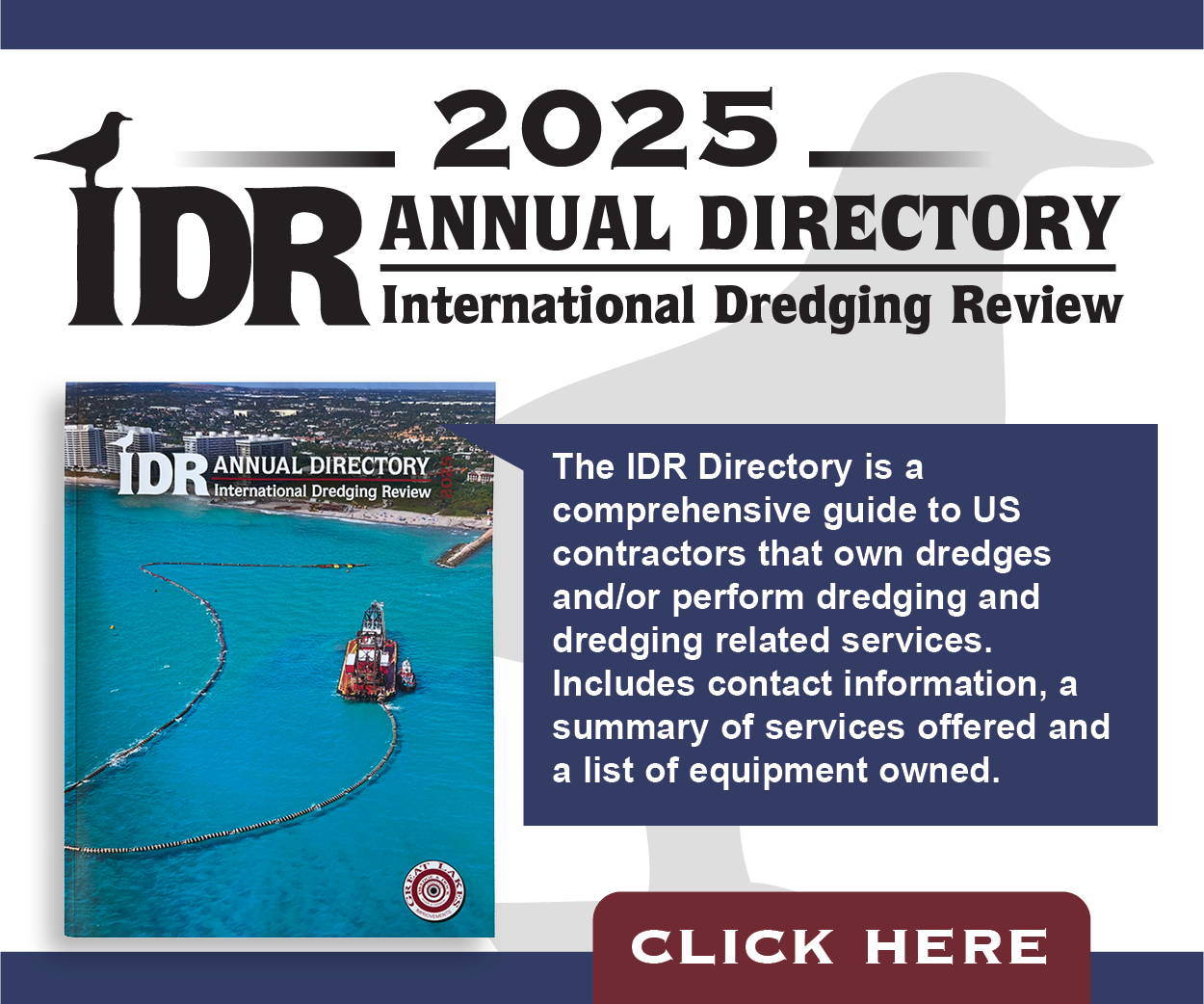Vanderbilt Report Charts Challenges To Decarbonizing Inland Waterways
“Decarbonizing the inland waterway sector will likely require new regulatory or market-based incentives, similar to those emerging in other economic sectors around the globe, in order to make decarbonization economically viable.”
That’s a key conclusion of a major new study by Vanderbilt University that seeks to sketch out pathways to possible decarbonization for U.S. inland waterways stakeholders.
The report, Decarbonization of the Inland Waterways Sector in the United States, was prepared for ABS, formerly the American Bureau of Shipping. It claims to be “the first to examine the U.S. inland waterway system through the lens of reducing greenhouse gas emissions.” It gives a lengthy background on the development of the inland waterways system and current emissions policies. “Examination of pathways toward decarbonization of the inland waterway sector is in its infancy,” the report says.
Ocean shipping has been focused for several years on decarbonization, consistent with the United Nations Sustainable Development Goal 13 (taking urgent action to combat climate change) and the United Nations Framework Convention on Climate Change. Many ports, especially in Europe, have introduced emissions caps and targets for oceangoing vessels. Europe has pioneered the development of zero-emission ferries and other marine vessels.
“There has been a lot of work focused on decarbonizing the international and coastal shipping sector but much less focus on the inland river sector, in part because it is already one of the most sustainable ways to move freight,” said Leah Dundon, director of the Vanderbilt Climate Change Initiative.
One challenge to decarbonization, the report said, is that “the market for inland waterways is likely to remain stable, so market shifts or growth alone are not likely to justify new alternative fuel vessels.”
Overall barge traffic has not yet recovered to the levels it enjoyed prior to the 2008 recession. That’s due in great part to the ongoing decline of coal as a cargo. The report acknowledged that the inland waterways are already the lowest-emission alternative among modes and said that benefit can be leveraged to attract new cargoes. But it concludes that while “[t]he inland river mode based on its low emissions profile can be leveraged to attract some shippers, … there is not likely to be a significant market improvement based solely on the demand for low-carbon inland waterway shipping.”
Another challenge is that several of the new low-emissions fuels being proposed and developed, like ammonia, hydrogen and liquefied natural gas, are of lower energy density than current fuels. That means they require larger tanks for equivalent performance, which in turn requires new vessels rather than retrofits.
The report notes that while both market pressures and international policy and regulations are driving the decarbonization initiatives in the international shipping sector, those drivers are only recently beginning to emerge for domestic shipping, especially on inland waterways in North America, and the U.S. in particular.
The full report may be downloaded at https://engineering.vanderbilt.edu/news/2021/landmark-study-examines-decarbonization-of-u-s-waterways/.
A webinar will be held September 23 featuring experts from ABS, VECTOR and VCCI.
The event, at 10 a.m. Central, is free and open to the public. To register, visit https://event.on24.com/wcc/r/3389475/C50F7AD6F87EC50CB8B4431DCD0EC593.



